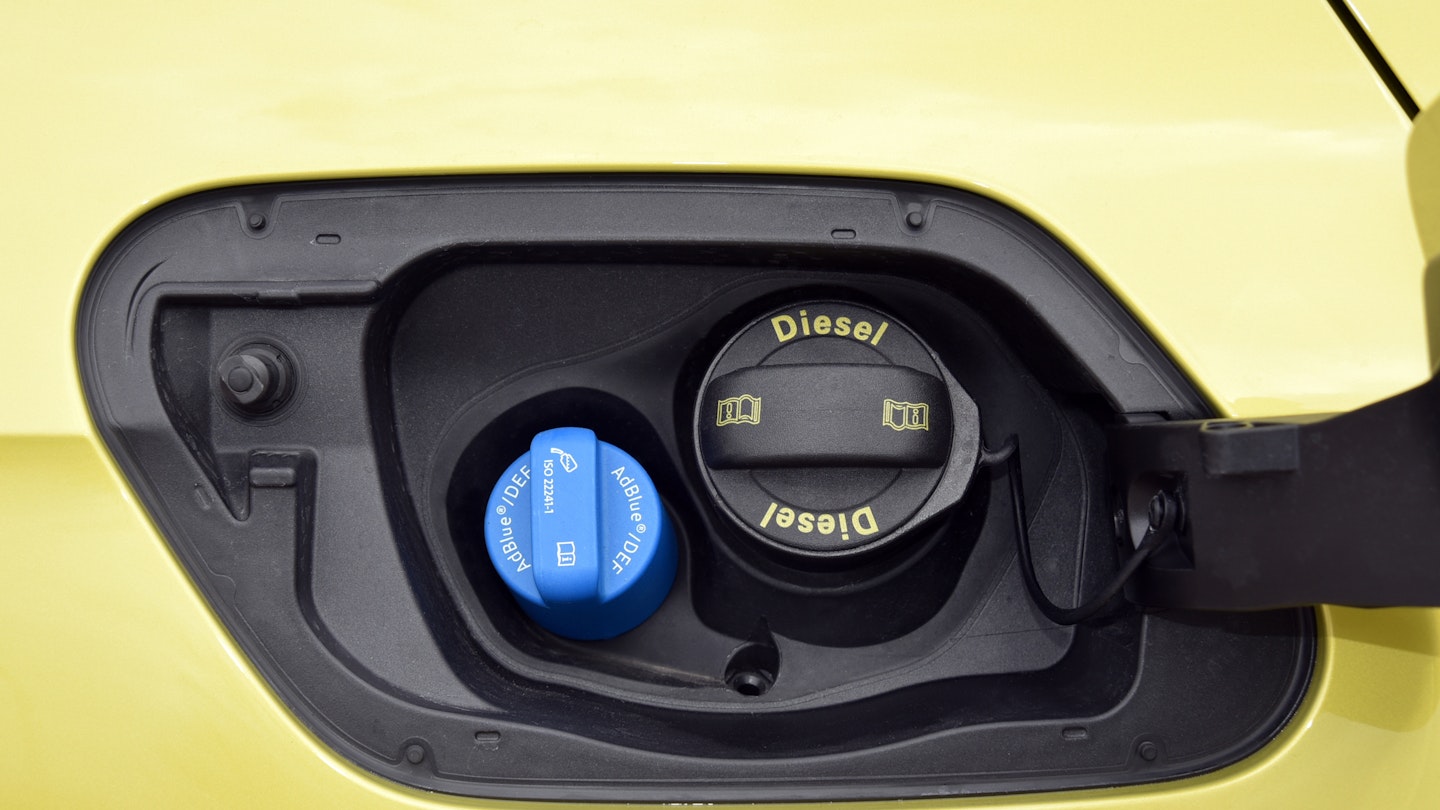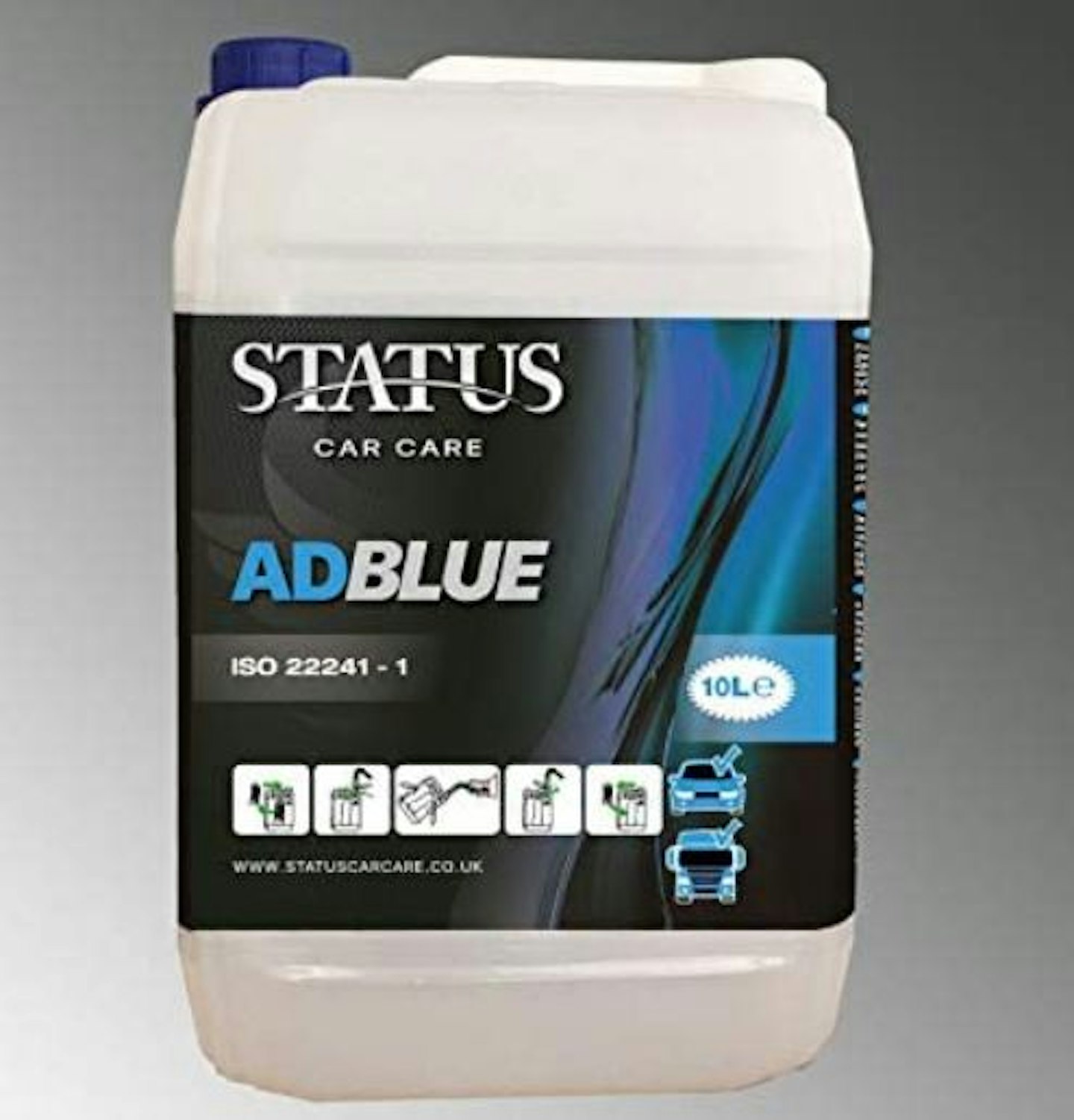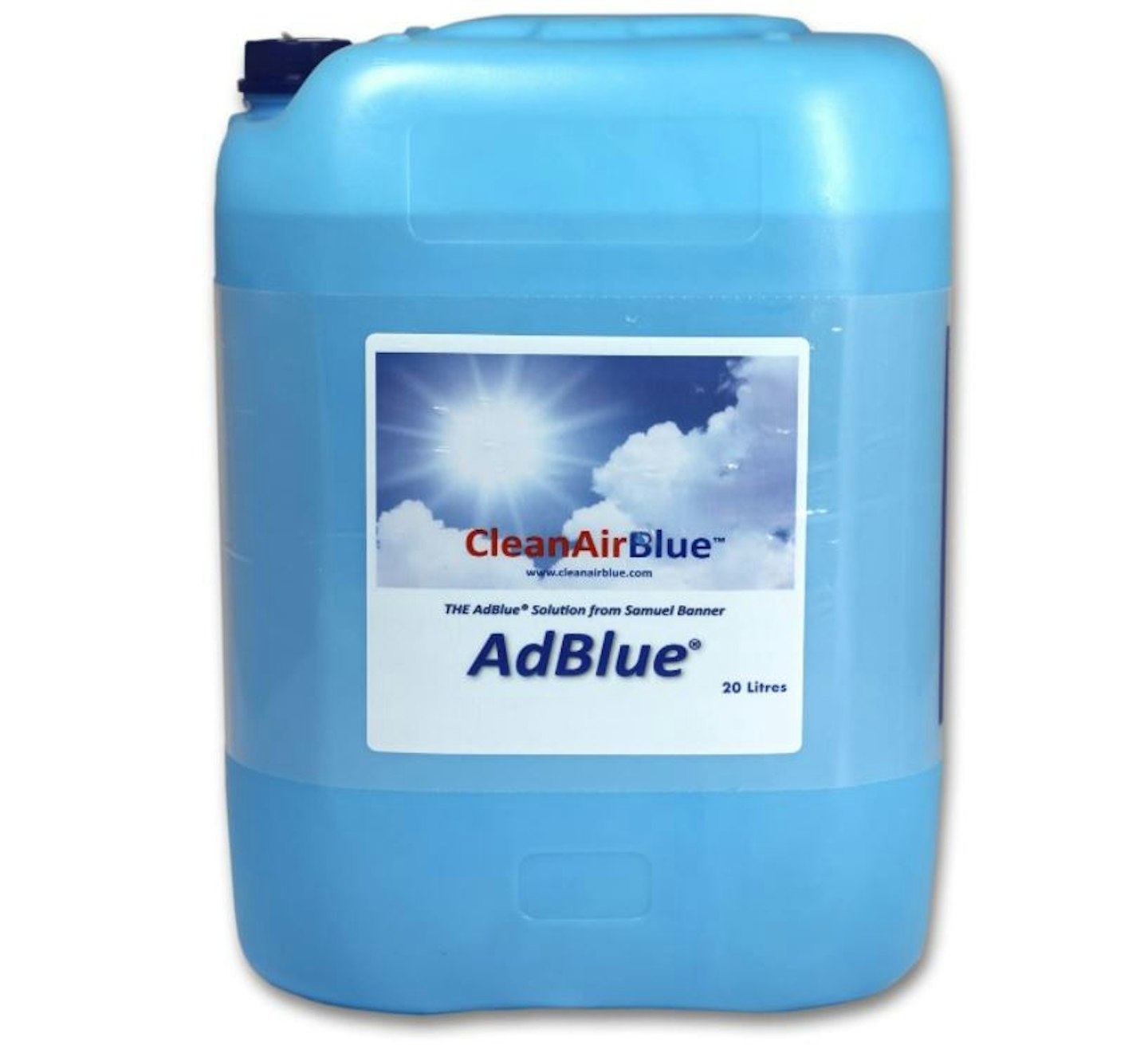As not only the expectation but requirement for low emission vehicles grows ever more severe, manufacturers are going to great lengths to reduce their cars’ impact on the environment.
AdBlue addresses the concern around nitrogen oxide emissions.
Nitrogen oxide emissions have been targeted heavily in the Euro 6 emissions. Forthcoming Euro 7 emissions standards are inevitably going to be stricter still, but this will be a bridge to cross in 2025 or 2026.
AdBlue is now being used in a growing number of diesel cars to reduce the amount of these gases coming out of the exhaust pipe.
What is AdBlue?
This may come as a surprise, but AdBlue is a simple and natural solution made up of urea (a chemical compound found in the urine and blood of mammals and some fish) and water that is injected into the car’s exhaust system before harmful nitrogen oxide comes out of the tailpipe.
How does AdBlue work?
AdBlue breaks down nitrogen oxide into nitrogen and oxygen by being fed into the exhaust and reacting with the nitrogen oxide gas produced by the combustion process.
AdBlue turns into ammonia at high temperatures, breaking down nitrogen oxide in the process, thus significantly reducing the volume of particles being emitted.
This process is called Selective Catalytic Reduction (SCR) – a system that injects a solution such as AdBlue through a catalyst in the exhaust.
While AdBlue is good for reducing emissions, to maintain your diesel's fuel efficiency look at investing diesel injector cleaner.
Does my car use AdBlue?
If you’re driving a newer diesel car, chances are it uses AdBlue technology. It won’t be obviously advertised, but manufacturers like Volkswagen, Audi, Mercedes, Peugeot, Citroenand Jaguar all feature AdBlue technology.
Most give a clue in the name – Peugeot and Citroen’s BlueHDi engines feature it, while Volkswagen includes the initials SCR in the name of some of its diesel cars.
Failing all else, we’d suggest looking in the car’s handbook to see if it comes with AdBlue.
When to top up your car with AdBlue
If you’re not explicitly told by your dealer that your car comes with AdBlue and that it’ll need topping up, your first sign will be when it’s running low and you get a warning flash up on your dashboard.
Only very small amounts of AdBlue are used at a time, so you won’t need to top up like you do with fuel, but it’s important that you don’t let supplies run out.
For some context, a Volkswagen Passat uses around 1.5 litres of AdBlue every 620 miles, and the tank size is 13 litres, so a full tank of AdBlue is good for about 8,000 miles of driving.
Peugeot on the other hand says the AdBlue only needs topping up every 12,500 miles and that this will be carried out as part of a scheduled servicing plan for most drivers.
However, different driving styles, journey types and driving conditions will have an impact on how much AdBlue is used.
What happens if I run out of AdBlue?
Put simply, your car won’t start. It would be quite careless to run out of AdBlue, because most cars will warn you very far in advance, usually about 1,500 miles before it’s empty.
You won’t be able to just stick a tiny amount back in the tank for it to work, either. A minimum amount will need to be replenished for the car to start again. So we’d suggest you top it up as soon as the warning appears – it’ll save you hassle further down the line.
Where can I buy AdBlue?
You can choose from our suggestions below. Alternatively, you’ll be able to get top-up bottles of AdBlue through your dealer and industry retailers.
You won’t have to take your car to a main dealer for someone to do it for you because it is so easy to refill, it’s like topping up with screenwash.
The location of the AdBlue filler cap varies between cars. In some it’s located next to the fuel filler cap, while others are at the side of the boot or under the boot floor. Again, find this out before you get close to running out so there aren’t any surprises when you come to top up. A quick flick through our car's manual or Google search will provide you with an answer.
Editoru2019s pick
For small cars and those who do moderate mileage, we recommend this 10-litre container of AdBlue from Status Car Care. It comes with a funnel and is suitable for any vehicle that needs AdBlue. The 10-litre volume is good as a top-up.
Best for larger cars and high milers
The AdBlue from CleanAirBlue is essentially the same as what you get from Status Car Care above, but of course, this container is double the volume, making it ideal for larger cars and those that do reasonably high miles. It too is suitable for all AdBlue vehicles, just be warned that the 20-litre container is rather large, not to mention heavy. To address this, you could pour some of it into a smaller receptacle and lift that to your car, or buy the two 10-litre containers available.
For easy pouring
While the two containers above come with nozzles too, this is extra sophisticated, claiming to be spill-proof. While the others are clearly better value, this may serve as the perfect top-up container when subsequently buying your AdBlue in bulk. The contents of this relatively small four-litre bottle is a good universal AdBlue.
What else do I need to know about AdBlue?
Storage is probably the most important consideration. AdBlue needs to be stored between -11 and 30 degrees C and has a shelf life of around 12 months in these conditions. Above 30 degrees C it starts to decompose. The good news if it freezes it will retain its qualities when it thaws again.
Some sources claim AdBlue is corrosive and should be handled with care, while others claim it’s harmless and that all you need to do if you get it on your hands is wash them thoroughly or give the car’s bodywork a wipe if you spill a little.
Because of these contradictions, we’d suggest you take as much care using AdBlue as you would any other fuel or liquid. You wouldn’t want to get diesel all over your car, nor would you spill oil all over the engine bay, so the same goes for refilling with AdBlue. Take special care if you’re refilling a reservoir located in the boot, and make sure you don’t fill up the wrong tank if it’s a car with the filler cap next to the diesel one.



